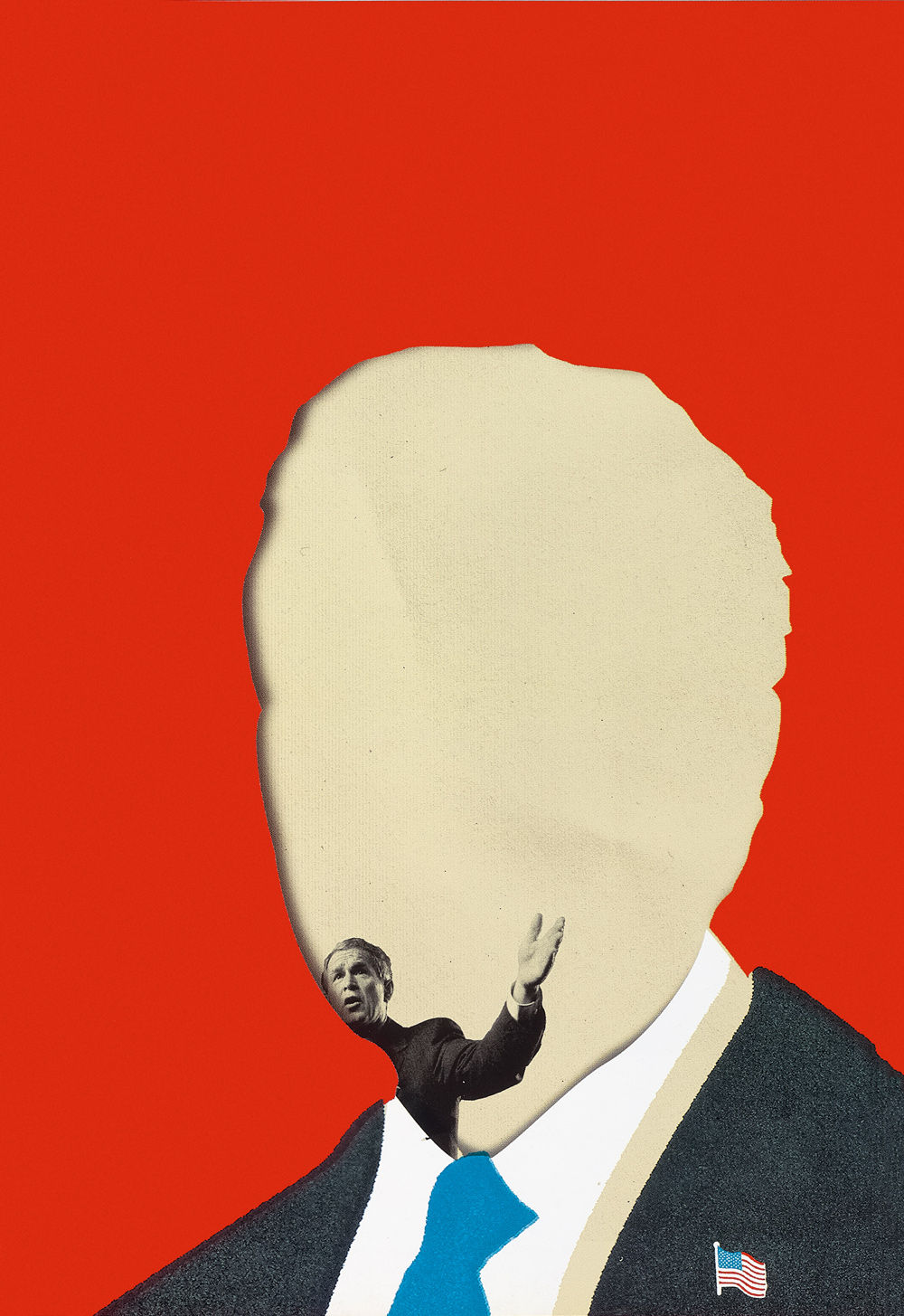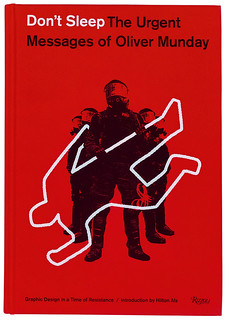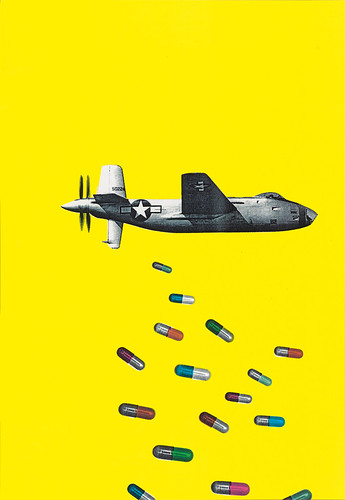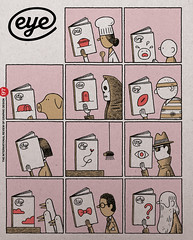Autumn 2018
Signs of the times
Don’t Sleep: The Urgent Messages of Oliver Munday
By Oliver Munday<br> Introduction by Hilton Als<br> Designed by Oliver Munday<br> Rizzoli, £25, $35<br>

Every few years or so, a choice handful of illustrator / designers make a splash on the editorial scene, becoming go-to graphic commentators for magazines and newspapers. They are not cartoonists in the strict sense but rather conceptual visual thinkers who transform issues of the moment through metaphor, allegory and symbolism cut with biting, if sarcastic, wit and humour into signposts of the age. The better ones have staying power and more lasting relevance. Works by Christoph Niemann and Noma Bar fit that description. This year has been a fertile period for the latest crop, in large part owing to Donald Trump’s ‘presi-duncy’. Among the leaders of the Trump Greek Chorus are Edel Rodriguez, Barry Blitt, Steve Brodner and, in a broader way, Oliver Munday. All have distinct styles but they fit neatly together as critics in this critical age.
Cover and image from Don’t Sleep: The Urgent Messages of Oliver Munday.
Top: ‘G.W.B., an Appraisal’ from The New Yorker, 2016.

Munday, who refers to himself as a graphic designer rather than an illustrator, works in New York City. He designed book jackets in art departments at Knopf and Farrar, Straus and Giroux before starting his own studio. With friends from MICA (Maryland Institute College of Art) he co-founded Piece, a socially based design collaborative that believes designers can play a significant role in positive change and social justice. A passion for being a good citizen followed him to Baltimore and then New York from his hometown Washington D.C., where he grew up on what he writes was ‘the white side of a stark racial divide’. However, Munday went to school at the most diverse public school in the city, and that gave him perspectives on race, healthcare, education and criminal justice that have taken hold in his work.
Don’t Sleep: The Urgent Messages of Oliver Munday, his first book, is subtitled ‘Graphic Design in a Time of Resistance’, and the chapter titles reflect these perspectives, including ‘Democracy’, ‘Environment’, ‘Foreign Policy’ and ‘War’.
This is a book of images (produced over less than a decade) that speak for themselves in most cases. There is very little text. A brief introduction by writer and critic Hilton Als gives perfunctory praise that offers a smidgen of insight into Munday’s work: ‘The excitement his work generates is as old and new as the ancients reacting to the news of the world through alchemy, the beauty that comes when images become words, and words, images.’
And a preface by Munday himself provides snippets of background and bits of analysis: ‘The practice [of graphic design] refuses a neat definition, but on certain days, it feels like a kind of bricolage, where I’m using the substance at hand to create something new.’ And perhaps that is all that is necessary, although I hanker for something a little bit more descriptive or anecdotal.
‘Our History of Antibiotics’, The New York Times, 2013.

Munday’s mordant pictorial representations on burning issues is what he is known and hired for. And this book offers a generous helping of his best work. Images that have grabbed the attention of readers and, as Als notes about Munday’s illustrations for The New York Times Op-Ed page, ‘never overwhelmed the piece but enhanced it, made the truth of the author’s words take on another life through figures or letters in space that made the eye and then one’s thinking open up …’
What I have admired about Munday’s images are the bullseyes he hits through simple concepts. Take ‘Difficult Voting’ (New York Times, 2010); his metaphor is the hurdles Americans must jump to the voting box, simple yet effective. Also his cover for Time magazine’s ‘Battle of the Bathroom’ (2016), with its rack of rainbow-coloured toilet rolls, eloquent and brilliant. Funnily, though, the overall juxtapositions of design and images in this book diffuse the force of a critical mass and belie the subtitle of the book that these are highly urgent messages.
Steven Heller, design writer, New York
First published in Eye no. 97 vol. 25, 2018
Eye is the world’s most beautiful and collectable graphic design journal, published quarterly for professional designers, students and anyone interested in critical, informed writing about graphic design and visual culture. It is available from all good design bookshops and online at the Eye shop, where you can buy subscriptions and single issues. You can see what Eye 97 looks like at Eye Before You Buy on Vimeo.

